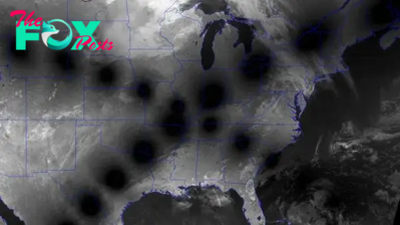Science
Uranus and Neptune aren't made of what we thought, new study hints
Astronomers have long believed that the ice giants Uranus and Neptune are rich in frozen water. However, a new study suggests they may also have tons of methane ice.
The findings could help solve a puzzle about how these icy worlds formed.
Much about Uranus and Neptune remains unknown. These ice giant worlds have had just a single spacecraft visitor, Voyager 2, which flew past them in the 1980s. As a result, scientists have only a hazy idea of the ice giants' compositions — for example, that they contain significant amounts of oxygen, carbon and hydrogen.
To learn more about what Uranus and Neptune are made of, astronomers have devised models that match the physical properties that Voyager 2 and Earth-based telescopes have measured. Many models assume the planets have a thin hydrogen and helium envelope; an underlying layer of compressed, superionic water and ammonia; and a central rocky core. (The water is what gives them their "ice giant" tag.) Some estimates suggest Uranus and Neptune may each have 50,000 times the quantity of water in Earth's oceans.
But the authors of the new study say these models ignore the way the ice giants formed. As Uranus and Neptune coalesced from the dust cloud surrounding the young sun, they gobbled up, or accreted, objects called planetesimals. The team says these planetesimals resemble present-day comets such as 67P/Churyumov-Gerasimenko, which originate in the Kuiper Belt, the doughnut-shaped region of icy bodies beyond the orbit of Neptune.
Related: Where does the solar system end?

Unlike the supposedly water-rich ice giants, though, a large fraction of these planetesimal-like objects are rich in carbon. So "how is it possible to form an icy giant from ice-poor building blocks?" said Uri Malamud, the study's lead author and a planetary scientist at Technion – Israel Institute of Technology.
-

 Science2d ago
Science2d agoHundreds of black 'spiders' spotted in mysterious 'Inca City' on Mars in new satellite photos
-
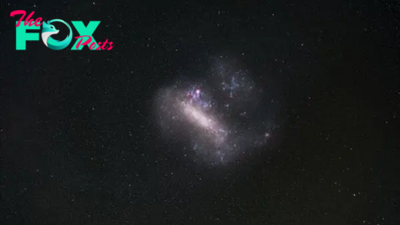
 Science2d ago
Science2d agoScientists find one of the oldest stars in the universe in a galaxy right next to ours
-

 Science3d ago
Science3d agoEerie, orange skies loom over Athens as dust storm engulfs southern Greece
-
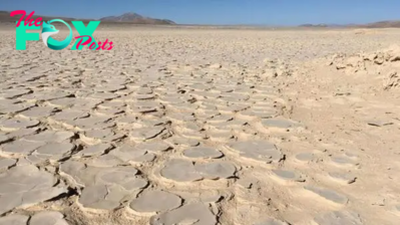
 Science3d ago
Science3d agoHidden 'biosphere' of extreme microbes discovered 13 feet below Atacama Desert is deepest found there to date
-
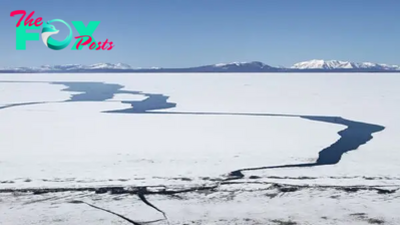
 Science3d ago
Science3d agoYellowstone Lake's weird resistance to climate change could be about to crack
-
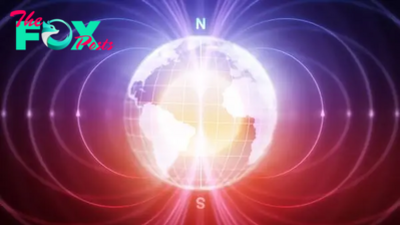
 Science3d ago
Science3d agoEarth's magnetic field formed before the planet's core, study suggests
-

 Science3d ago
Science3d agoEnormous explosion in 'Cigar Galaxy' reveals rare type of star never seen beyond the Milky Way
-

 Science3d ago
Science3d agoAn Animated Guide to the Rare 2024 Cicada Co-Emergence
